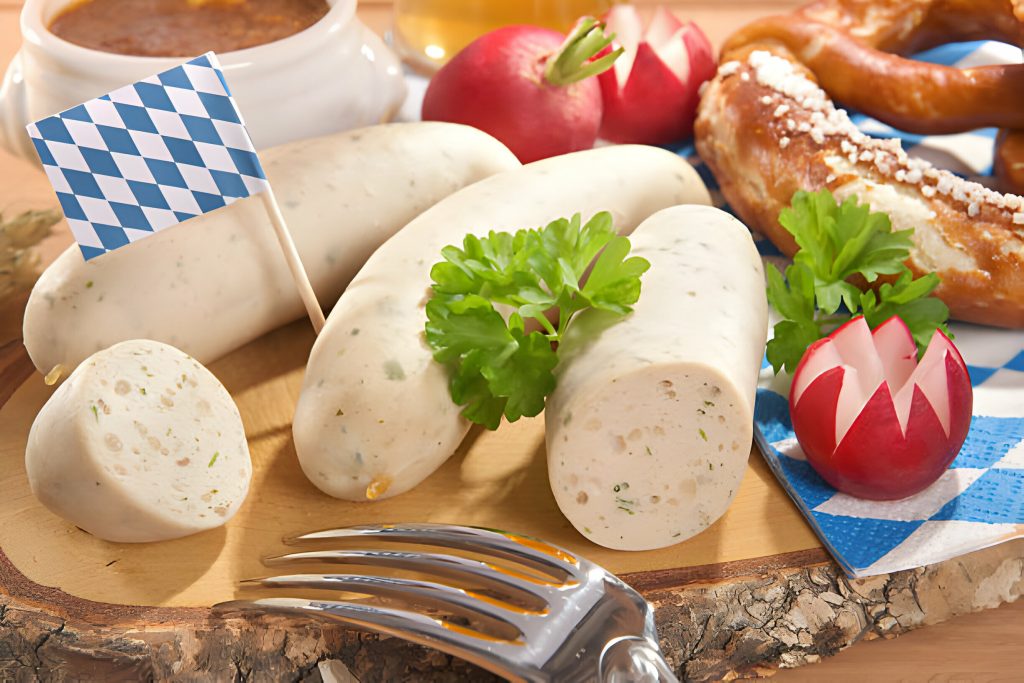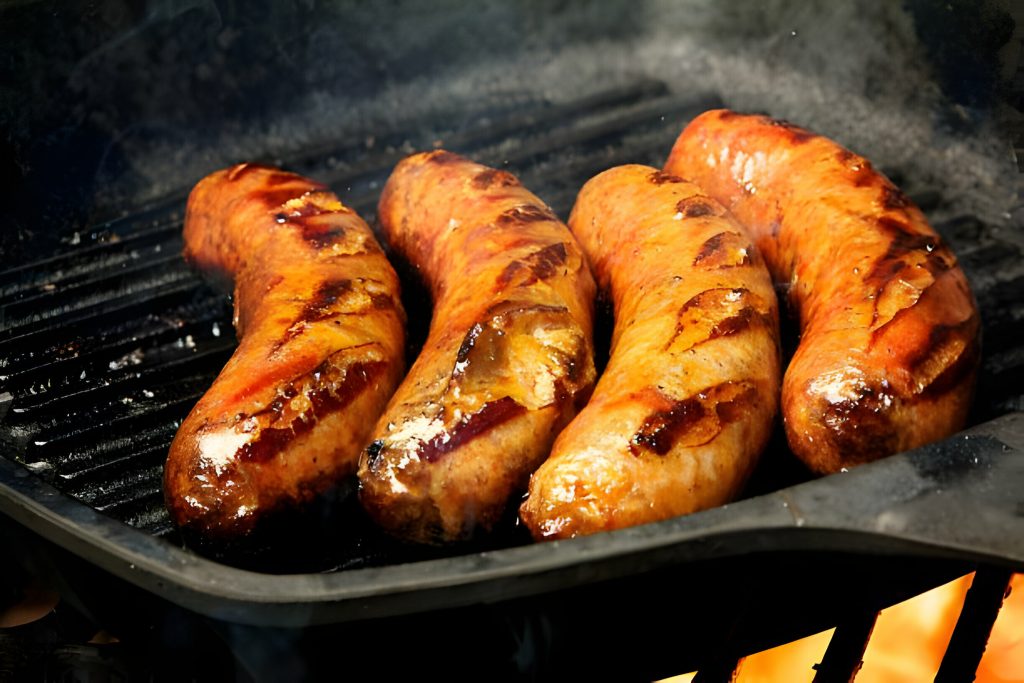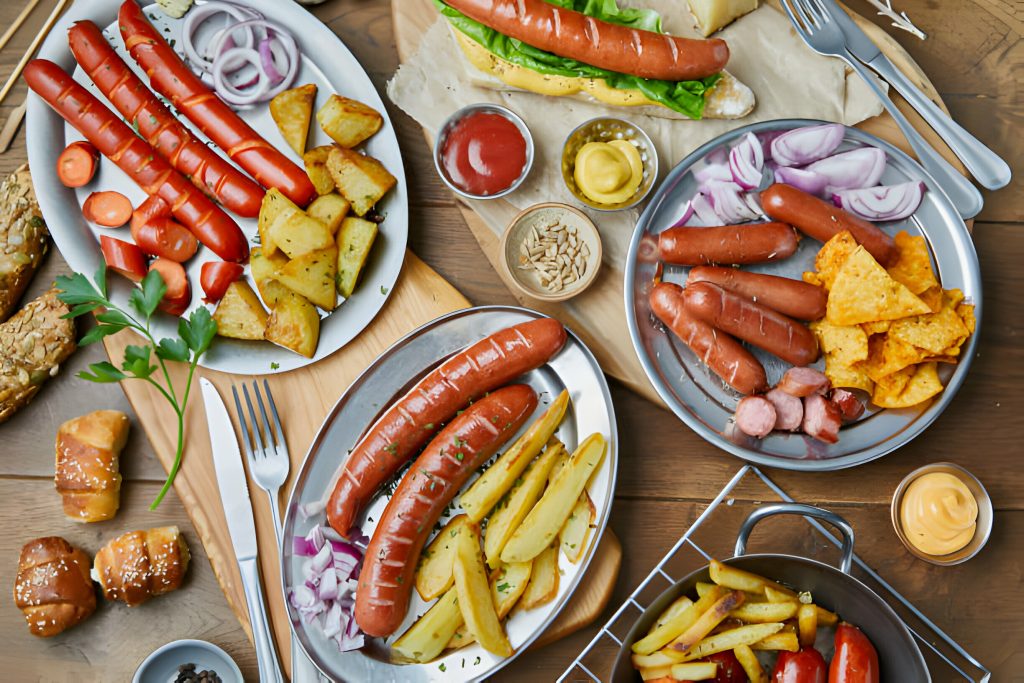Bavaria is a very beautiful region of Germany that is not only renowned for its scenic beauty but also for its rich cultural heritage. We can not miss out on delectable culinary delights when discussing the Bavarian culture. Among the most favorite Bavarian delicacies, the bratwurst stands out because of its irresistible taste and savory aroma. This famous sausage has won over the hearts and palates of residents and tourists worldwide as a symbol of Bavarian cuisine.
If you have been searching for a guide that explores the Bavarian culinary adventure, you are in the right place. You have landed on the right platform. In this piece of writing, we will explore the Bavarian Bratwurst. Come on a culinary adventure as we examine the Bavarian bratwurst’s origins, methods, and cultural relevance.
The History of Bavarian Bratwurst

When we focus on the origin of Bratwurst, it can be traced back to medieval Germany. Its rich history dates back as far as the 14th century. To be true, Bavaria had a rich history with a thriving meat industry and farming culture, so it adopted the Bratwurst and adapted it, too. Later, the transformation led it to the status of a regional recipe that now incorporates the region’s rich culture. If we look at the origin of the word “Bratwurst,” it comes from the German word “brāto,” which means to roast or to fry. This way, the name highlights the classic traditional method of making this iconic dish.
Initially, veal, pork, and spices were used to make Bratwurst sausages. All these ingredients created a distinctive flavor and delicious aroma that soon became synonymous with the Bavarian region. Over time, various versions of the Bratwurst emerged. A unique blend of meats and seasonings results in the sausage’s entirely different flavor and aroma. The agricultural abundance played an important role in perfecting and refining the making of Bratwurst.
The Art Of Crafting Bratwurst

Making the perfect traditional Bavarian bratwurst is no less than an art. It has been passed on to generations since the 14th century. If we talk about the recipe used to make the traditional version of Bratwurst, a combination of veal, pork, or beef is seasoned with a fine mix of mace, salt, caraway, pepper, and marajon. Each ingredient’s freshness, quality, and precise quantity contribute to a distinct flavor. This simplicity and authenticity of the Bavarian cuisine sets this recipe apart.
The meat is minced to get the required texture to make a delicious recipe. Later, the blend of spices is used in precise quantities to create a balanced flavor. Many chefs are found to be using the same traditional recipe to preserve authenticity and taste.
After seasoning it properly, the meat is traditionally stuffed in the natural casings made with the sheep intestines. This is an important step because it gives the bratwurst a distinct texture and helps give it that snap that people love to bite into. After all this, the sausages are linked or twisted into individual portions. At this stage, your sausages are ready for the final step.
The COOKING step.
Just like variations in every other aspect, the cooking of this recipe can also vary. Among all these methods, pan-frying and grilling are the most popular ones. The sizzling sound of cooking bratwurst releases a distinct aroma. This aroma is like a sensory experience that truly reflects the real essence of Bavarian culinary heritage.
Cultural Significance

You are somewhat wrong if you are counting Bratwurst in the sausages list. Well, it is a sausage, but not your average one. Yes! You read it right. It has become a social affair enjoyed at markets, festivals, and family gatherings. Accepting the flavor of this Bavarian cuisine, people have started a trend called “Bratwurst party” that allows visitors to explore the Bavarian traditions and enjoy the flavorful cuisine.
To elevate the experience of Bratwurst, people consider pairing it with traditional elements, which is a time-honored practice. Variations in seasoning and the type of meat can change the flavor, aroma, and experience of enjoying Bratwurst. It is up to you to go to the ingredients you want; this is the main reason people experiment with the game of flavor and aroma.
Beyond Bavaria
Like the Bavarian culture, Bavarian cuisine has also broken barriers and expanded to countries. The traditional methods of making Bratwurst make this dish special, now with a fanbase from all over the globe. Like the entire culture, Bratwurst has stood the test of time, bringing people together and delighting their palates. It is not just the Bavarian that has crossed the borders, but the entire Bavarian culture has spread all over with worldwide acceptance.
Final Thoughts
The purity of ingredients, the traditional preparation methods, and the standing-out flavor and experience take this sausage to a higher level. There is no doubt that this is a culinary masterpiece of Bavarian that symbolizes the rich cultural nuance, flavors, tradition, and history of Bavaria. The recipe originated from medieval times and has made its space to the modern-day global appeal. Therefore, this sausage has played a vital role in bringing people together irrespective of their origin and country.
Whether you are at the largest beer festival in the world – Oktoberfest, or at a themed party hosted in the backyard, grilled Bratwurst would symbolize Bavarian culture acceptance. It reflects the culinary excellence of the region. So, if you can try this iconic dish, understand you are experiencing a piece of Bavarian tradition and history.
